Not all vegetables are created equal when it comes to nutrition. While some are bursting with essential vitamins, minerals, antioxidants, and fiber, others—despite their wholesome image—are mostly water with very little nutritional payoff.
You might be surprised to learn that a few of the most popular “healthy” veggies don’t actually deliver much in the way of real benefits. That’s why it’s worth knowing which vegetables truly earn their place on your plate—and which ones might not be worth the space in your fridge (or your grocery budget).
In this guide, we’ll break down 9 vegetables that are genuinely worth eating on a regular basis, along with 5 that you can safely skip or eat in moderation. Whether you’re revamping your diet or just trying to eat smarter, this list will help you make better choices every time you shop.
1. Kale: The Crowned Nutrition Champion
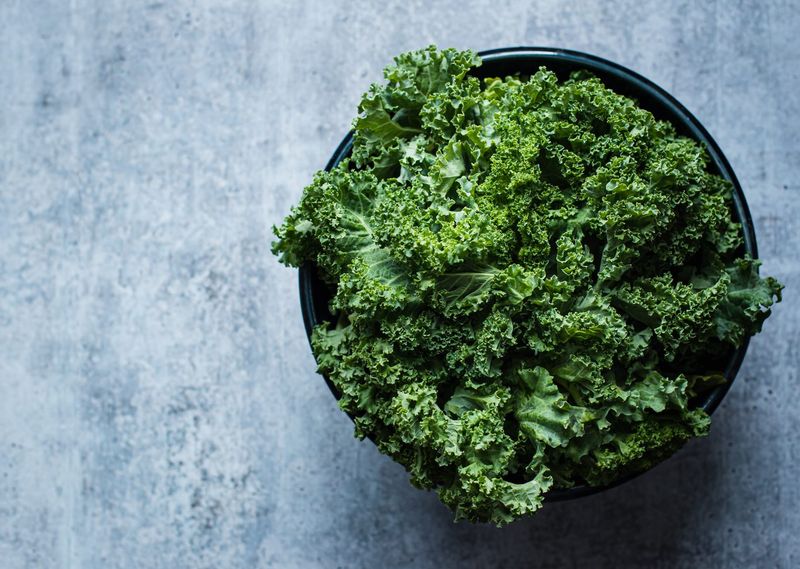
Often called a superfood for good reason, kale delivers an impressive array of nutrients with minimal calories. Just one cup provides more than your daily requirement of vitamins K and A, plus hefty doses of vitamin C and manganese.
The dark, crinkly leaves contain powerful antioxidants that fight inflammation and may help reduce cancer risk. Unlike its less nutritious leafy cousins, kale maintains its structure when cooked, making it versatile for salads, smoothies, soups, and chips.
Pro tip: Massage raw kale with a bit of olive oil and lemon juice to break down its tough fibers and make it more tender and digestible.
2. Spinach: Popeye’s Secret Weapon
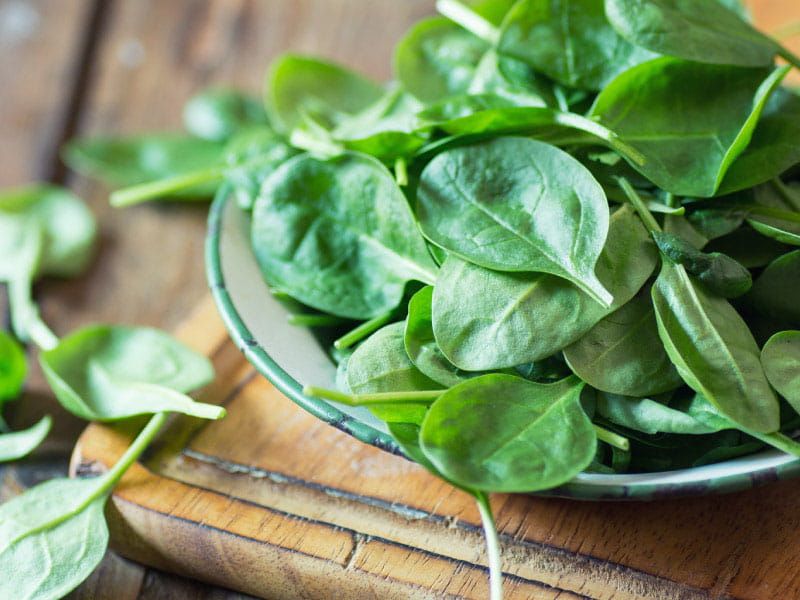
Spinach earns its nutritional reputation with impressive amounts of iron, calcium, and vitamins A and K packed into its tender leaves. Unlike tougher greens, its mild flavor makes it an easy addition to nearly any meal without overwhelming other ingredients.
Fresh spinach shrinks dramatically when cooked, allowing you to consume more nutrients in a smaller serving. The leafy green contains antioxidants that support eye health, including lutein and zeaxanthin, which help protect against age-related macular degeneration.
For maximum iron absorption, pair spinach with vitamin C-rich foods like bell peppers or a squeeze of lemon juice.
3. Swiss Chard: The Colorful Nutrient Powerhouse

Bright and bold on the plate, Rainbow Swiss chard grabs attention with its jewel-toned stems in red, yellow, and pink hues—all backed by powerhouse nutrition. These colorful stalks and lush green leaves pack in high levels of vitamins K, A, and C, as well as essential minerals like magnesium and potassium.
Its flavor is what truly sets Swiss chard apart: an earthy base touched with bitterness and just a whisper of sweetness. The stalks offer a crisp texture when sautéed, while the tender leaves melt down like spinach, making it versatile in a variety of dishes.
A practical bonus? Swiss chard is easy to source year-round in most grocery stores and tends to be budget-friendly compared to more niche greens, making it as accessible as it is nutritious.
4. Broccoli: The Versatile Cruciferous Star
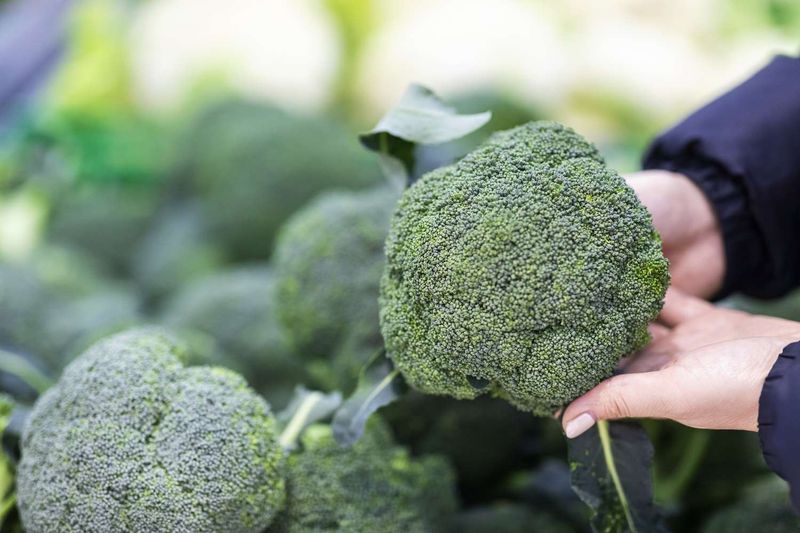
Broccoli’s tree-like florets contain compounds called glucosinolates that convert to cancer-fighting sulforaphane when chopped or chewed. Beyond its cancer-protective qualities, broccoli delivers impressive amounts of vitamin C, K, folate, and fiber in relatively few calories.
The entire plant is edible – from the florets to the stems and even the leaves. The stalks contain a surprising amount of fiber and can be peeled and sliced for stir-fries or soups.
For maximum nutrition, try light steaming rather than boiling, which preserves more nutrients. Quick-cooking also helps maintain broccoli’s bright green color and prevents the sulfur compounds from developing a strong smell.
5. Brussels Sprouts: Mini Cabbages with Mighty Benefits

These miniature cabbage look-alikes have undergone a culinary renaissance, transforming from the mushy, bitter vegetables of childhood nightmares into a trendy side dish. Modern cooking methods like roasting and sautéing bring out their natural sweetness while creating delicious caramelization.
Brussels sprouts contain an impressive array of antioxidants and fiber, plus vitamins K and C. Their special compounds may help reduce inflammation and support heart health.
For the best flavor, look for smaller sprouts with tight, compact heads. A quick kitchen hack: score an X in the bottom of each sprout before cooking to help them cook more evenly and absorb flavors better.
6. Cauliflower: The Chameleon Vegetable
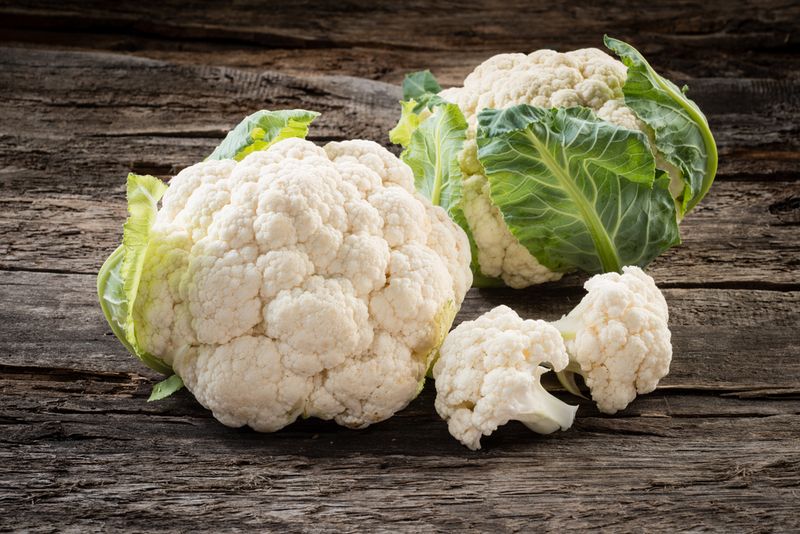
Cauliflower has reinvented itself as the ultimate low-carb substitute, transforming into everything from pizza crust to rice to mashed potato alternatives. Its mild flavor and versatile texture make it an ideal canvas for countless healthy recipes.
Beyond its adaptability, cauliflower delivers impressive nutrition with high levels of vitamin C, vitamin K, and choline – a nutrient important for brain development. Like its cruciferous cousins, it contains cancer-fighting compounds that activate when the vegetable is chopped or chewed.
While white cauliflower is most common, look for purple, orange, and green varieties that offer additional antioxidants and visual appeal to your meals.
7. Sweet Potatoes: Nature’s Candy with Benefits
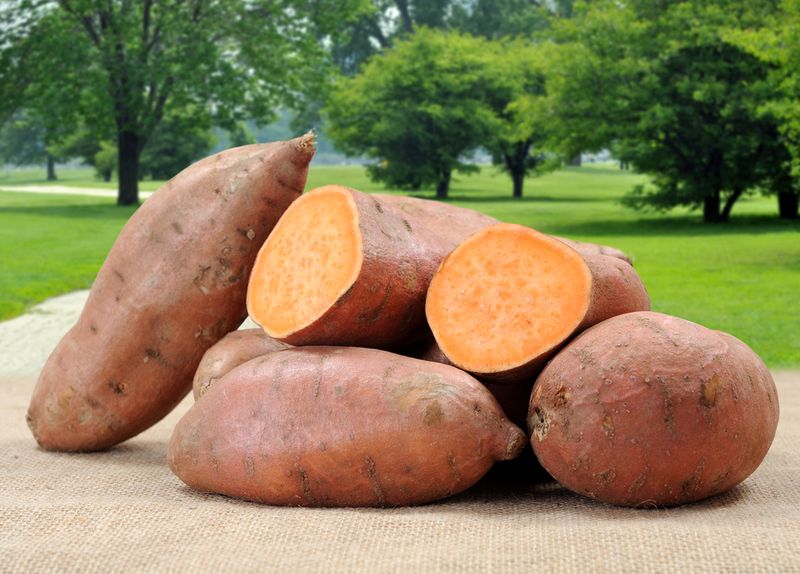
The vibrant orange flesh of sweet potatoes signals their rich beta-carotene content, which converts to vitamin A in the body. Just one medium sweet potato provides over 400% of your daily vitamin A needs, supporting healthy vision, immune function, and skin.
Unlike regular white potatoes, sweet potatoes have a lower glycemic index, meaning they cause a more gradual rise in blood sugar. Their natural sweetness intensifies when roasted, creating a dessert-like flavor without added sugar.
The skin contains additional fiber and nutrients, so scrub well and leave it on when possible. Sweet potatoes store well at room temperature for weeks, making them a convenient pantry staple.
8. Beets: The Blood-Building Root Vegetable
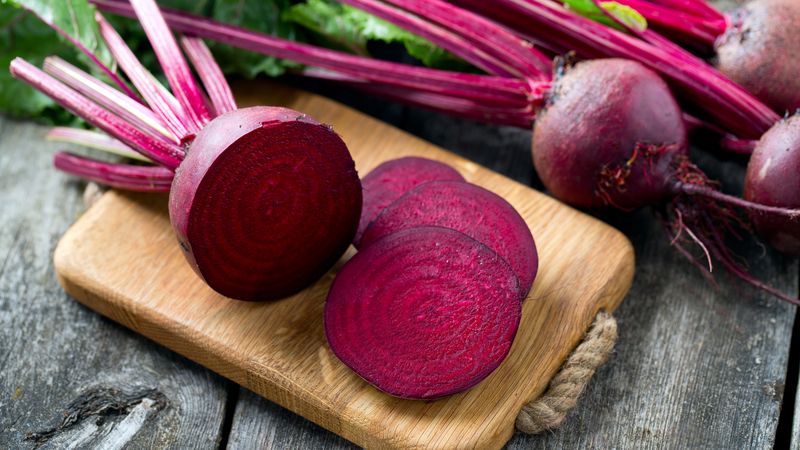
The deep crimson color of beets comes from betalains, powerful compounds with anti-inflammatory and antioxidant properties. These earthy root vegetables have gained popularity among athletes because of their natural nitrates, which may improve blood flow and enhance exercise performance.
Both the roots and leafy tops are edible and nutritious. The greens actually contain more iron, calcium, and vitamins A and C than the roots themselves.
Roasting brings out beets’ natural sweetness while reducing their earthy flavor. Don’t be alarmed if your urine turns pink after eating them – this harmless condition called beeturia affects about 14% of the population!
9. Carrots: Vision-Boosting Veggie That Lives Up to the Hype
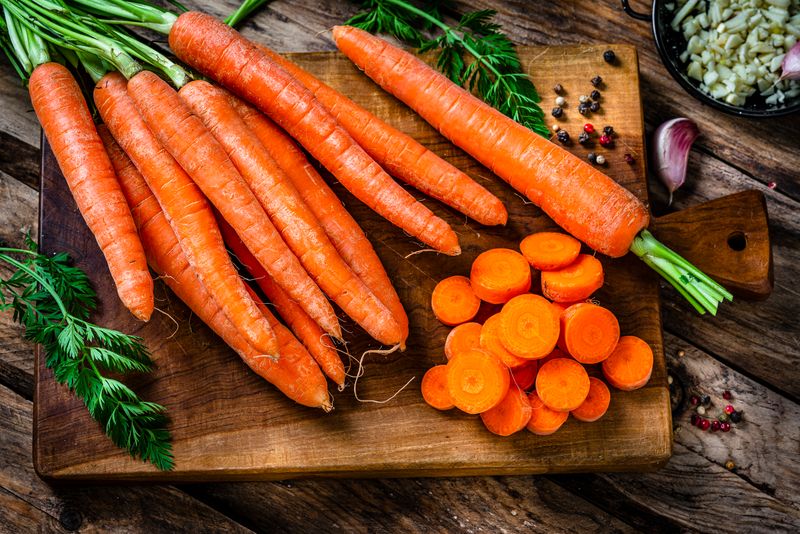
The old saying about carrots helping you see in the dark isn’t completely wrong – their abundant beta-carotene does support eye health, though it won’t give you night vision. Beyond vision benefits, carrots provide fiber, potassium, and several B vitamins.
Raw carrots offer satisfying crunch and maximum vitamin content, while cooking actually increases the availability of certain antioxidants. For a nutrition boost, don’t peel carrots – just scrub them well, as many nutrients lie close to the skin.
Rainbow carrots in purple, yellow, and red varieties aren’t just pretty – each color contains different beneficial plant compounds. Purple carrots, for instance, have anthocyanins similar to those found in blueberries.
Of course, not every vegetable lives up to the hype. While the ones above are nutritional standouts, there are a few that look healthy on the surface but offer far less value than you’d expect.
1. Iceberg Lettuce: The Crunchy Water Impostor
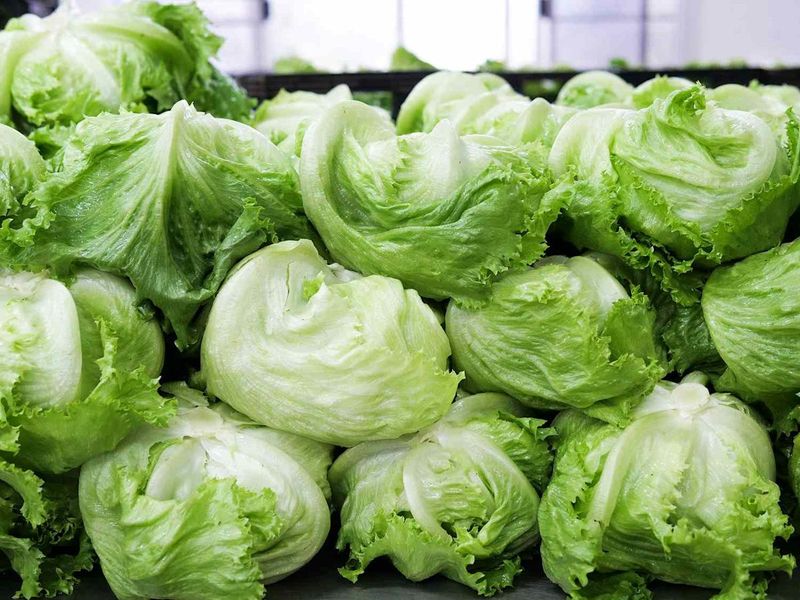
With its satisfying crunch and mild flavor, iceberg lettuce makes a perfect vehicle for more flavorful ingredients. However, its pale color reveals its nutritional shortcomings – it’s about 96% water with minimal vitamins, minerals, or fiber compared to darker greens.
While not harmful, iceberg simply doesn’t deliver much nutritional value for the plate space it occupies. Its main benefits are hydration and low calories, providing bulk to meals without adding many nutrients.
If you enjoy the crisp texture, consider mixing iceberg with more nutritious greens or upgrading to romaine, which offers similar crunch with significantly more vitamins A and K, plus folate.
2. Celery: The Calorie-Negative Myth

Celery has been celebrated as a “negative calorie” food that supposedly burns more energy to digest than it provides. While this claim is false (you do get some net calories), celery remains extremely low in calories while providing decent amounts of vitamins K and C.
The downside? Celery simply doesn’t pack the nutritional punch of other vegetables. Its high water content (about 95%) means you’re mostly consuming water with a bit of fiber.
If you enjoy celery’s distinctive crunch and flavor, by all means include it – but don’t mistake it for a nutritional powerhouse. It works best as a vehicle for more nutritious dips like hummus or nut butters.
3. Cucumbers: Refreshing But Nutritionally Limited

Crisp, cool, and irresistibly refreshing, cucumbers are a go-to favorite for summer salads and infused waters, thanks to their high water content and satisfying crunch. Composed of about 96% water, they excel at hydration but fall short in delivering substantial amounts of vitamins and minerals when compared to other vegetables.
What nutrients cucumbers do offer are largely found in the skin and seeds. Unfortunately, the commonly available peeled and seedless versions found in many stores lose much of their already modest nutritional value. The skin provides a bit of fiber along with cucurbitacin, the compound responsible for cucumber’s signature bitter edge.
Though they’re not nutrient powerhouses, cucumbers still play a valuable role in light meals, offering bulk and satiety with barely any calories. To get the most out of them, opt for unwaxed varieties and enjoy them with the skin intact.
4. White Potatoes: The Processed Problem Child
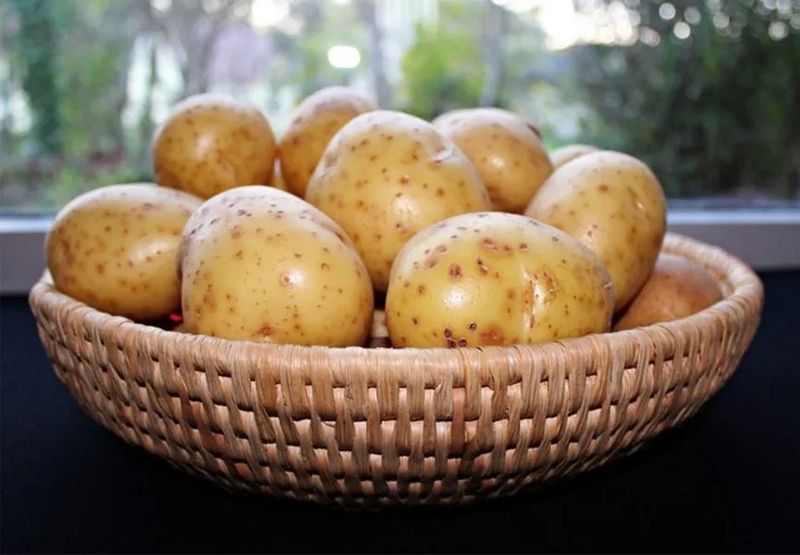
Plain white potatoes aren’t inherently unhealthy – they contain vitamin C, potassium, and fiber, especially when eaten with the skin. The problem lies in how we typically prepare them: fried, heavily processed, or loaded with high-calorie toppings.
French fries and potato chips account for a significant portion of vegetable intake for many Americans, yet they’ve been stripped of much of their nutrition while adding unhealthy fats and sodium. These processing methods create acrylamide, a compound formed when starchy foods are cooked at high temperatures.
If you enjoy white potatoes, baking or roasting with minimal oil and eating the skin provides the most nutrition with the least downside.
5. Corn: The Grain Masquerading as a Vegetable
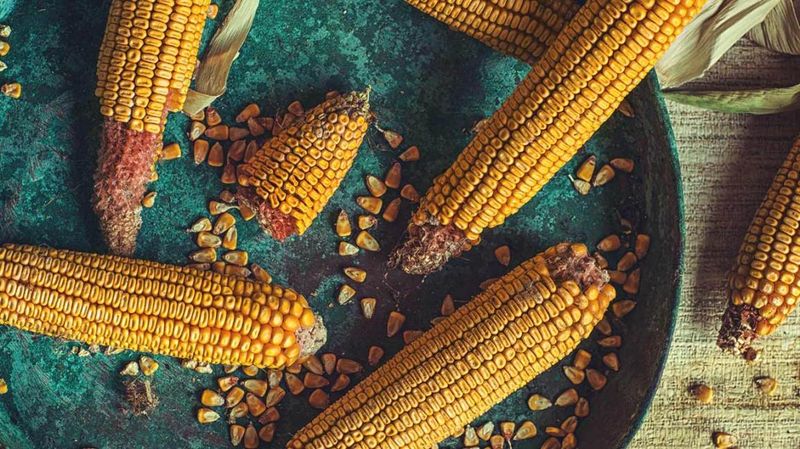
Botanically speaking, corn is actually a grain, not a vegetable. This classification helps explain why it’s higher in carbohydrates and calories than most true vegetables. Fresh corn does provide some fiber, B vitamins, and antioxidants like lutein and zeaxanthin.
Canned corn presents additional concerns – it’s often packed with added sodium and may contain BPA from can linings. The canning process also reduces some of corn’s natural nutrients while potentially increasing its glycemic impact.
If you enjoy corn, fresh or frozen varieties make better choices than canned. Consider treating corn more like a starchy side dish (similar to rice or pasta) rather than counting it as a vegetable serving in your meal planning.
Leave a comment